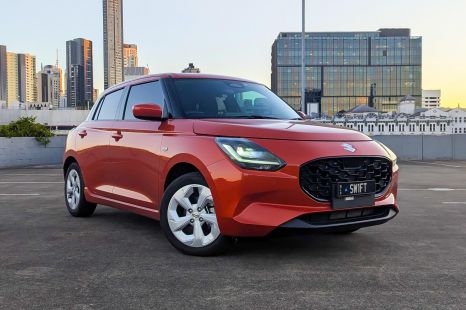

William Stopford
2025 Suzuki Swift Plus review
5 Days Ago
Not only does Dodge want to make its electric cars sound like its defunct V8-powered muscle cars, it wants to make them feel like them, too.
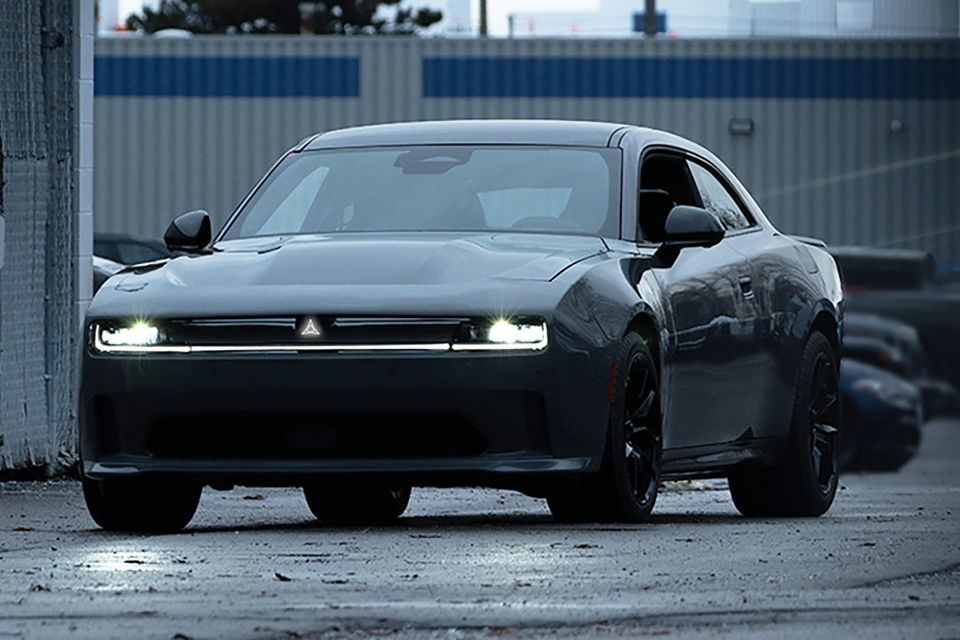
Dodge is readying its first all-electric muscle car, and it’s set to offer new technology that aims to replicate the sounds and sensations of its old V8s.
The company is attempting to bridge the gap between traditional internal-combustion (ICE) powered muscle cars like its defunct Challenger and electric vehicles (EV) like its upcoming Charger Daytona with a number of devices.
The American automaker has recently patented an “active vibration enhancement” (AVE) system that will work in tandem with the previously announced Fratzonic Chambered Exhaust and eRupt Multi-speed transmission to simulate the sensations of the brand’s ICE powerplants.

According to the patent, first shared by Mopar Insiders, the AVE system would use multiple sensors to monitor vehicle conditions in order to generate vibrations in the chassis that would replicate the cadence and vibrations of an ICE powerplant.
For example, actuators would attempt to mimic the sensations of an engine idling, driving and, combined with other systems, even shifting gears.
In addition, Dodge thinks these systems aimed at replicating the sound and feel of its old V8 models could increase safety for vehicle occupants and pedestrians.
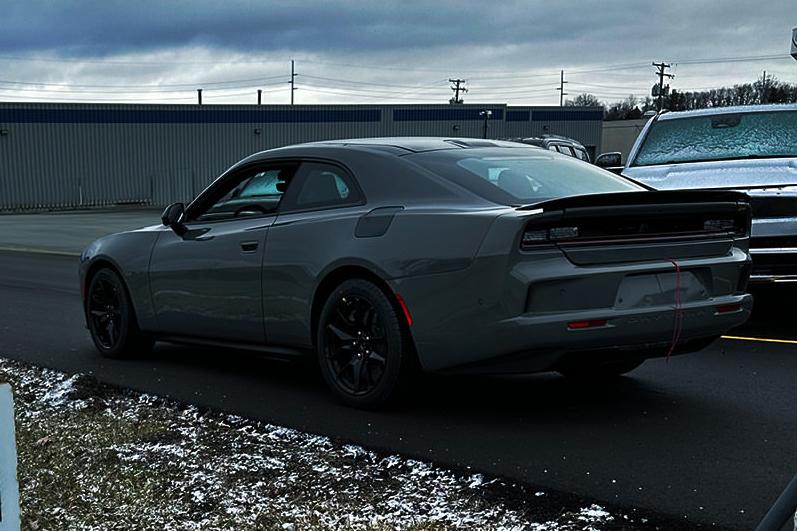
The company claims the combination of speakers and vibration generators “will [allow the driver to] know the vehicle is on and ready to drive because it provides audible and tactile feedback to the driver, which does not occur with current electric vehicles and can lead to unintended vehicle movement”.
Additionally, while perhaps sounding like a gimmick, the previously announced Fratzonic Chambered Exhaust “could double as a pedestrian warning sound”.
This system sees a number of speakers and a tuning chamber installed, in place of a muffler in an ICE vehicle, to create “a visceral “Dark Matter” sound profile experience in concert with the eRupt transmission”.
Dodge claims the system can generate “a 126 dB roar that equals the SRT Hellcat”.
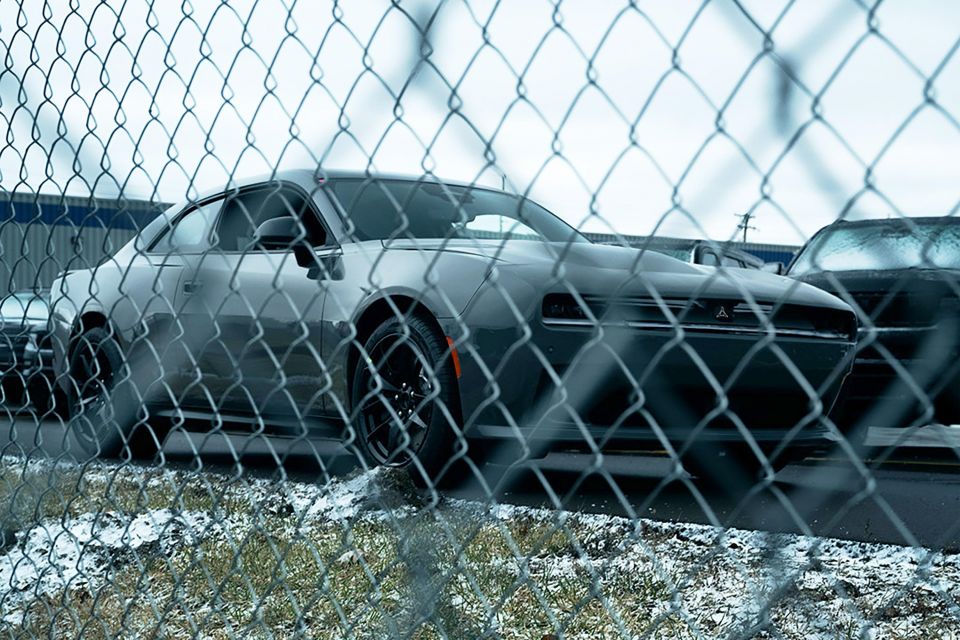
Little is known about the company’s eRupt transmission. It seems to be more than a purely software-driven system however, with Dodge claiming the unit is a “multi-speed transmission with electro-mechanical shifting”.
In theory, that makes the eRupt transmission similar to the multi-clutch two-speed gearbox found in the Porsche Taycan. In the Taycan, the two-speed gearbox allows for quicker acceleration while balancing efficiency at higher speeds.
Dodge has previously confirmed the Charger Daytona will feature both 400V and 800V architectures depending on the model grade, with multiple ‘stage’ upgrades available for both architectures.

With the 400V system, there’s a 340kW base output available with eStage 1 and eStage 2 upgrades that boost power to 370kW and 400kW, respectively.
A 440kW variant also runs a 400V electrical system, and can be had with eStage 1 and eStage 2 upgrades that boost power to 470kW and 500kW, respectively.
Dodge hasn’t disclosed outputs for the wildest Charger SRT Daytona. The company has teased an 800V SRT Banshee powertrain package that will be offered with its own stage upgrades.
According to parent company Stellantis, this architecture could support a dual-motor drivetrain boasting up to 660kW of power. That’s more than even the 603kW-626kW outputs of the outgoing Challenger SRT Demon.
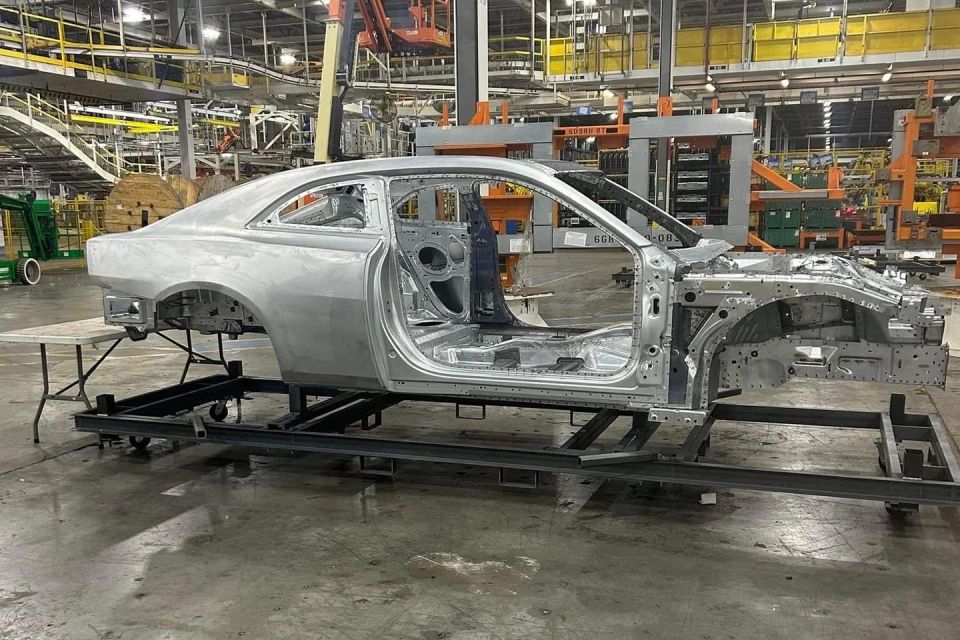
Even as Dodge tries to make the Charger Daytona seem like an combustion-powered car, rumours suggest it could still be making one with an actual petrol engine under the bonnet.
Dodge CEO Tim Kuniskis has previously confirmed the new STLA Large architecture (which the Daytona is based on) is a “multi-energy platform” that “has the ability to run an ICE engine”.
“I can put an ICE engine in it. It doesn’t mean we’re going to,” he told The Drive.
“We’re certainly not launching with anything like that. We’re launching full battery electric.”
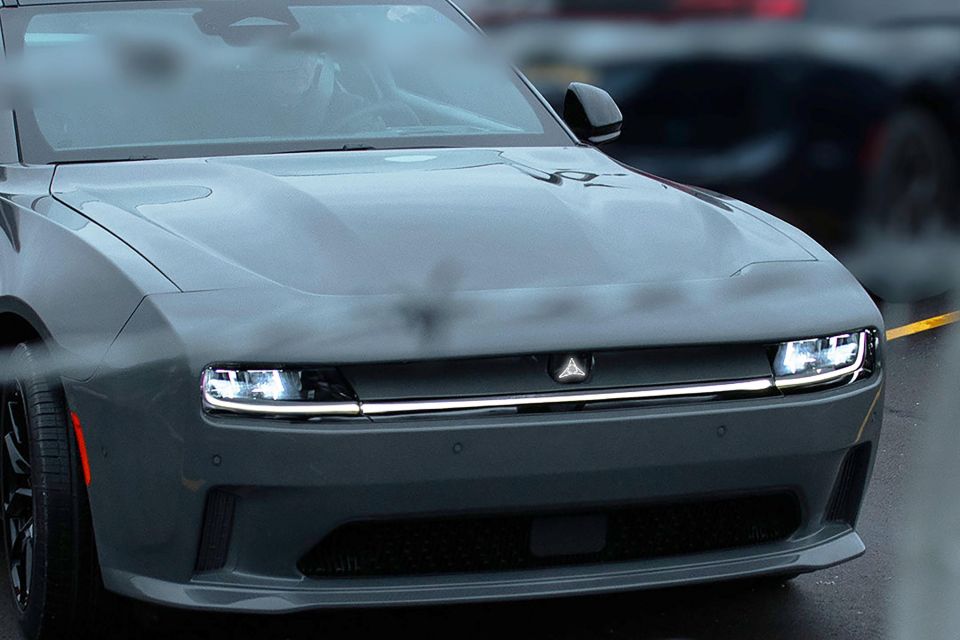
That denial hasn’t stopped rumours that Dodge will put the new Hurricane twin-turbocharged inline six into its next-generation Charger, however. In its highest-output tune, this 3.0-litre six pumps out 380kW of power and 677Nm of torque.
If the Charger Daytona releases with the multitude of ICE simulation technologies detailed in this article, it would stand apart from most of its EV peers, except for one: the Hyundai Ioniq 5 N.
The Ioniq 5 N is a flagship performance EV for the South Korean brand and features simulated gear shifts and artificial engine and exhaust sounds that can be heard from both inside and outside the vehicle.


William Stopford
5 Days Ago


Max Davies
4 Days Ago


Josh Nevett
3 Days Ago


Andrew Maclean
2 Days Ago


Shane O'Donoghue
2 Days Ago
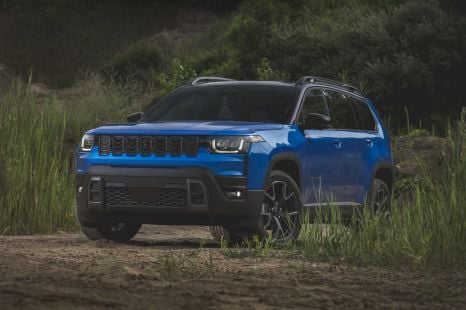

William Stopford
22 Hours Ago